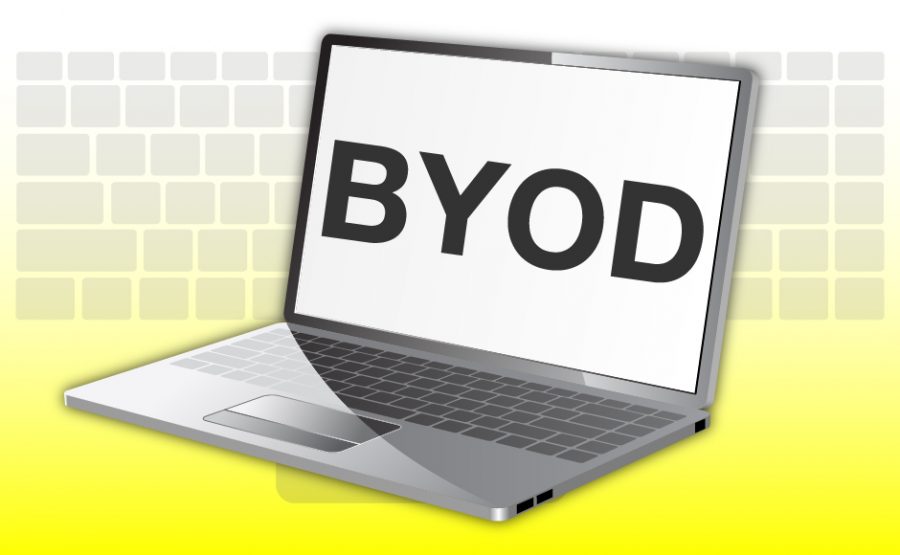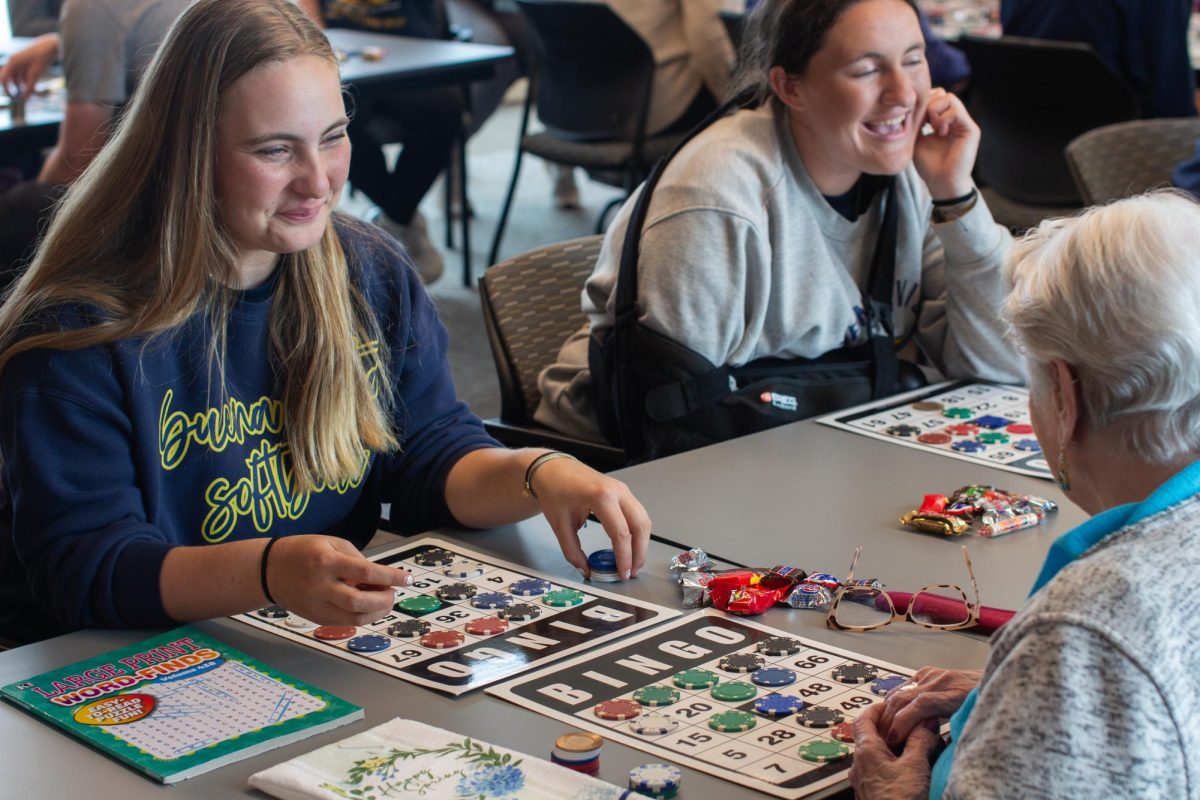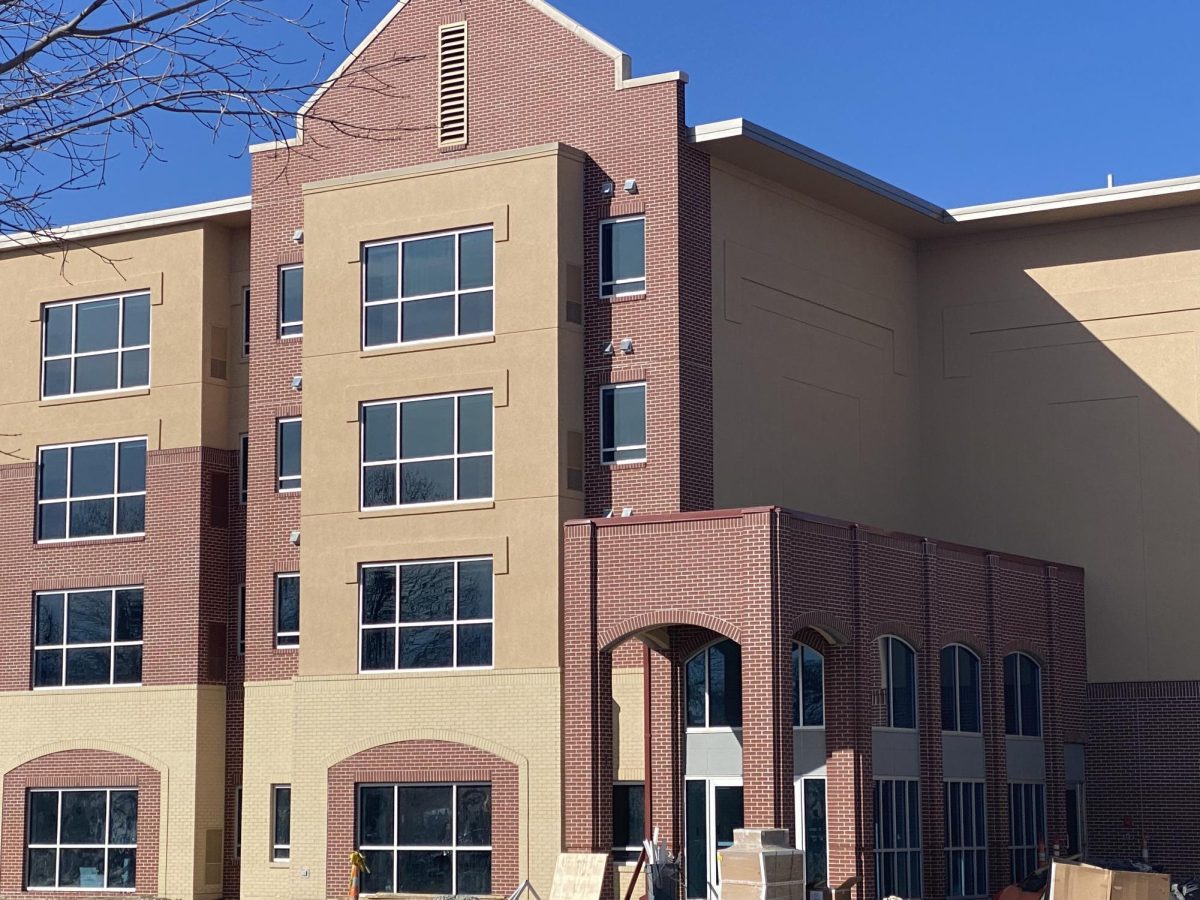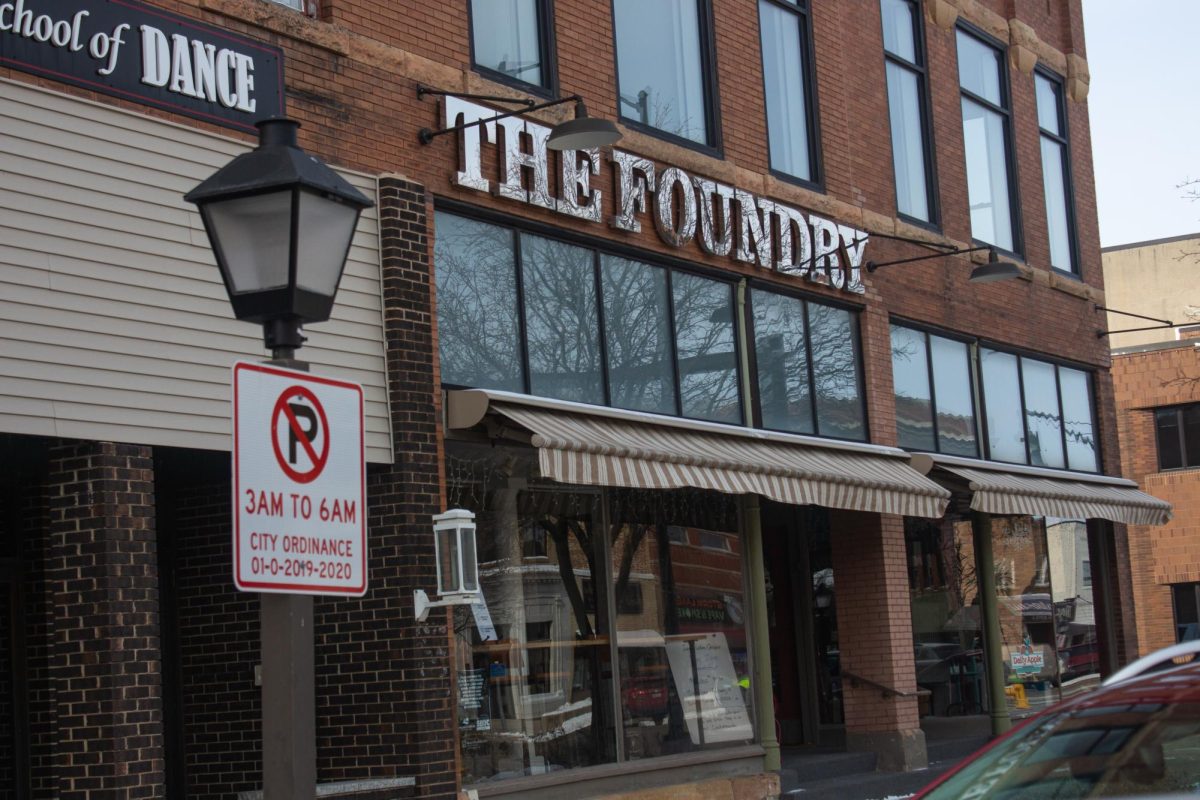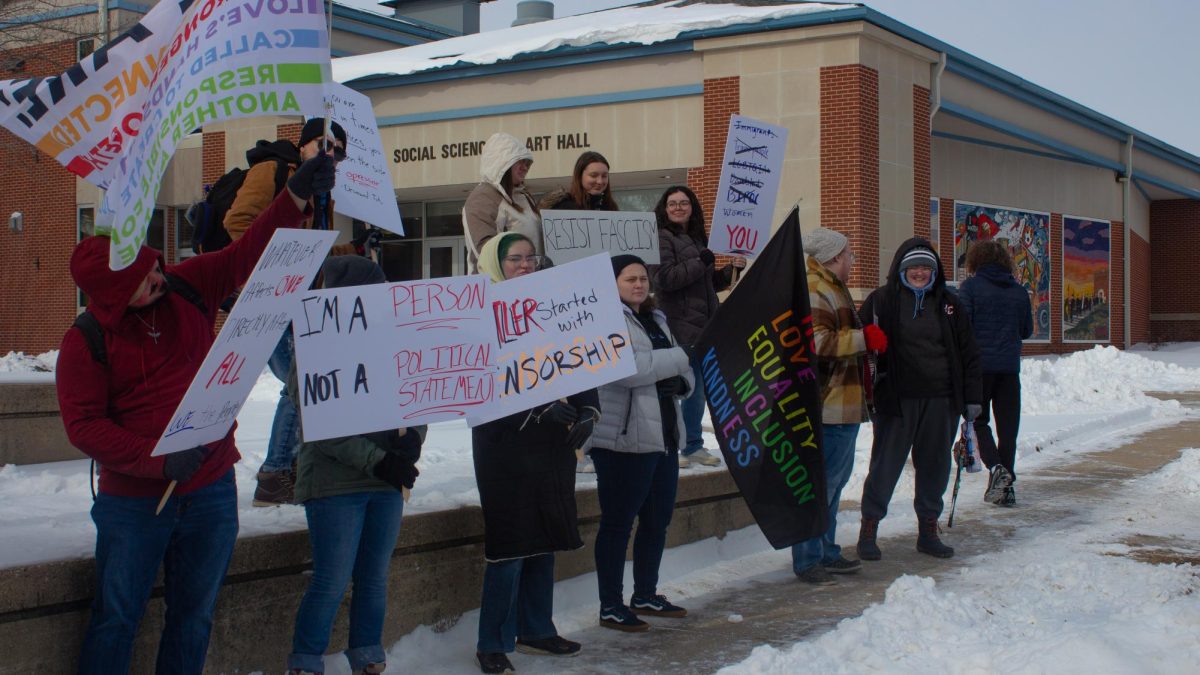Courtney Van Haaften | Co-Editor-in-Chief
A new school year always brings changes for students, professors, and other faculty. This year, the Bring Your Own Device (BYOD) program is new to everyone on campus and has provided a positive change for everyone involved. With any changes, though, come some challenges.
The BYOD program was announced to students last spring. All students who were going to be returning for the 2014-2015 school year had the option to either keep their BVU issued computer or bring their own device and turn their BVU device in. Those who followed all of the deadlines and chose to return their BVU-issued laptop were able to apply for a $550 stipend.
“Many people like the idea of picking their own [device]. I think that was the most positive aspect that we have seen so far,” Associate Director of Infrastructure and Operations Bob Kenny said.
Out of all returning students, only 20 decided to keep their BVU-issued laptops. These students ranged from sophomores to seniors, and they did so because they were happy with their devices and didn’t feel the need to buy a new one yet. Mac users were especially susceptible to keeping theirs because Apple products are more likely to last even after three years of use.
“I didn’t have a laptop before I came to BVU, so I paid the extra $200 before I arrived so I could get a Mac rather than an HP. When I heard about the option to keep my laptop or get a $550 stipend, I knew the stipend wouldn’t pay for a new Apple laptop. I really like my computer and know how to run it, so I figured I would keep it for the next three years,” sophomore Stephanie Steiner said.
Of all incoming freshmen and new students, 65 percent of them chose to bring their own device. The other 35 percent received either an HP or Mac laptop courtesy of BVU.
“I chose to bring my own computer because it was financially a better option and I liked having the option to bring my own Mac to school,” freshman Meredith VanZuiden said.
Although there are now many different brands and types of computers on campus, all of the staff at 2FIX is able to help with any technological needs. They knew that the transition would be difficult, but were prepared to handle everything that came their way. The student staff at 2FIX was trained before classes started, and the rest of the Information Technology Services staff had been preparing since last semester.
“We did what we could with the time we had,” Kenny said.
One of the ways the staff prepared was by talking to colleagues at other universities. They reached out to those who already had BYOD programs in place and took advice from them on how to make the transition as smooth as possible.
Most of the problems that have arisen so far because of the change were foreseen.
“The toughest part of the transition has been collecting the old computers, which we’re still working on right now. The other biggest challenge has been getting the students [Microsoft] Office products on their computer,” Kenny said.
Another challenge on campus because of BYOD has been printing. Because all computers are not a part of the same domain anymore, it is much more difficult to connect to local printers. Although this is the case, the staff at 2FIX is willing to install the local printers on each device. They also recommend using WebPrint, which is a simple way to print to all of the printers on campus. This service is a leader in its industry and is used by universities all across the country.
Some professors are most worried about the ability of their students to connect to the projection devices within the classrooms, but have no other concerns at this point.
The next step for the BYOD program, after all computers are turned in by Monday, Sept. 22, is the reimbursement process. This will be handled by the Business office. All students who applied for the stipend and met all the deadlines associated with BYOD will receive a check in October, as long as they have no outstanding balances on their account.
Graphic by Aaron Burns



